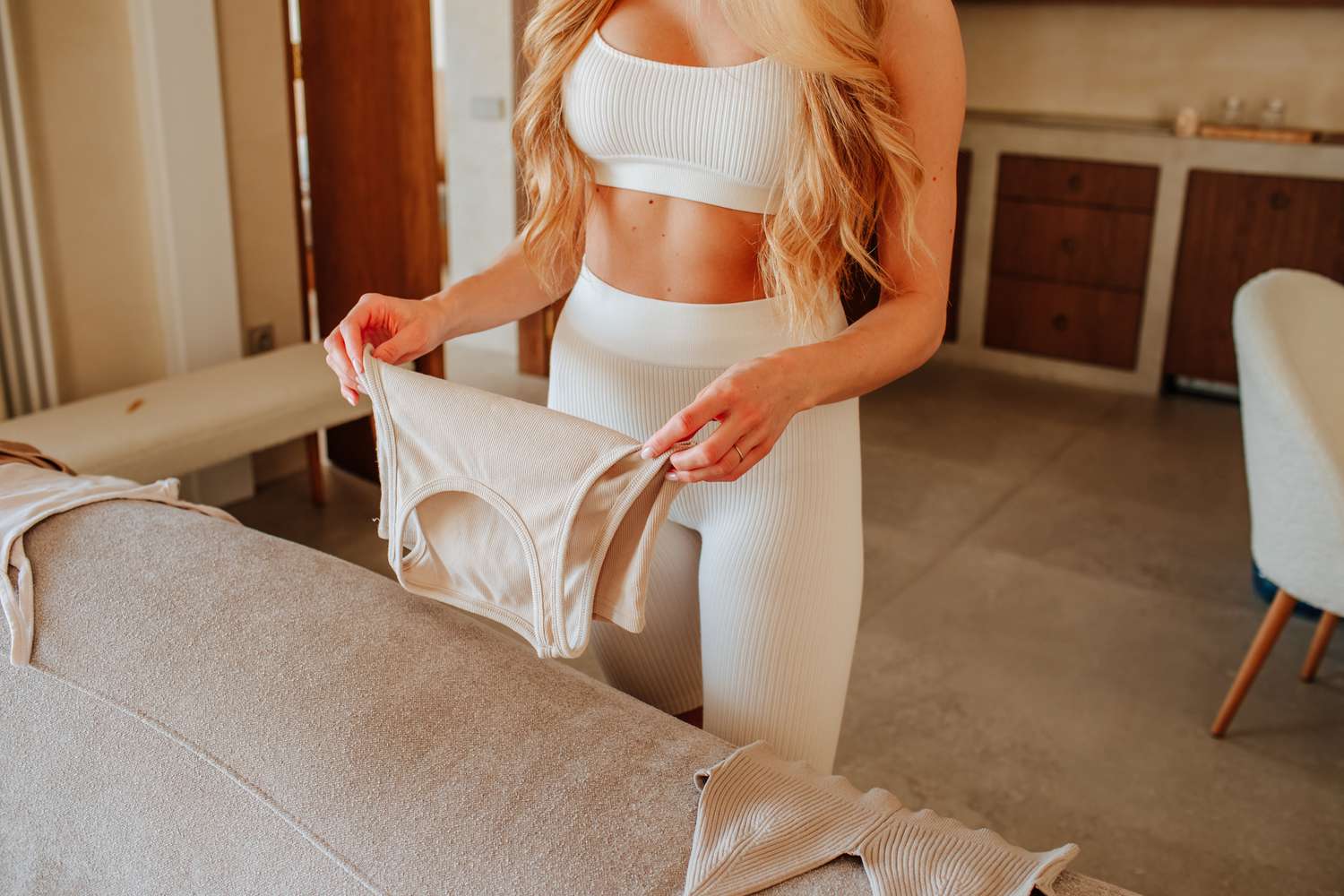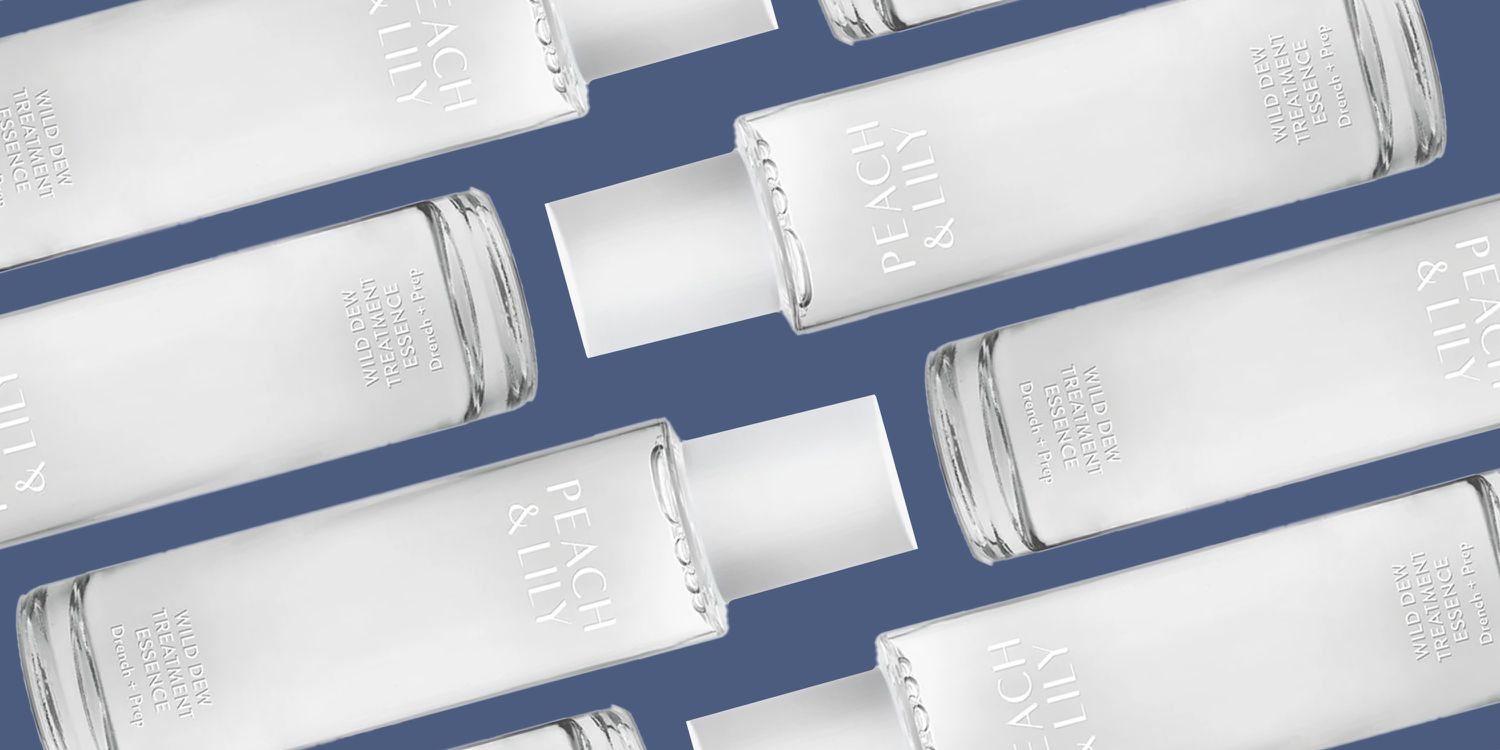
How to Keep Your Workout Clothes Looking New and Smelling Fresh
We all know that post-workout feeling—energized, accomplished, sweaty. But while you’re cooling down, your workout clothes are holding onto all that sweat, bacteria, and odor. Whether you’re dealing with moisture-wicking leggings, compression gear, or that favorite sports bra you never want to part with, learning how to properly wash your workout clothes is key to keeping them fresh, functional, and long-lasting.
To help you get the best results, we’ve gathered expert tips from a fabric care specialist who knows exactly how to tackle everything from stubborn odors to caring for performance fabrics. Your gym clothes are about to hit the showers and get the care they deserve!
Here’s exactly how to wash a variety of workout clothes.
Wendy Saladyga, fabric care expert and manager of technical performance at Henkel for Persil, a quality detergent company
Before Getting Started
Sports bras, leggings, athletic shorts, and more can all be classified as activewear—but while alike in category, not all are washed the same. Identify each garment to determine the correct washing method and adhere to any label instructions.
Additionally, the right detergent can make all the difference. An enzyme detergent should be effective enough to tackle tough stains and odors. Wendy Saladyga, a fabric care expert at Henkel, conducts technical research to test detergent efficacy against different stains on various fabrics and materials. “Since workout clothes tend to hold onto sweat stains and odors, I recommend washing with a detergent like Persil Activewear Clean, which is specifically designed to remove and help prevent the buildup of body oil,” she says.
How to Wash Workout Shorts and Leggings
These are made of stretchy, sweat-wicking materials that can lose their elasticity and absorb odors if not washed correctly.
Materials Needed:
- Detergent
- Mesh laundry bag (optional)
- A basin (for pre-soaking, if needed)
- A drying rack
Instructions:
- Prepare the Garment: Turn leggings, shorts, and compression gear inside out before washing. This protects the fabric and ensures deeper cleaning where sweat and bacteria accumulate. Be sure to close any zippers. (It’s recommended to wash items with zippers and drawstrings in mesh laundry bags to avoid snags and knots.)
- Wash in Cold Water: “Always check the garment label on activewear before washing and drying for specific care instructions,” Saladyga says. Use a gentle or activewear cycle with cold water to maintain elasticity.
- Air-Dry or Use Low-Heat: “For drying, most activewear should be be air-dried, or machine-dried on a lower-heat setting to maintain fabric fibers,” says Saladyga. “This will also help prevent sealing in lingering odors,” she says, as the high heat can set smells and stains.
How to Wash Sports Bras
The elastic and supportive structure of sports bras can become damaged with improper washing, leading to loss of shape and reduced support.
Materials Needed:
- Detergent
- Mesh laundry bag
- Clean towel
- Drying rack
Instructions
- Pre-Treat Sweat Zones: “Try to target the smelliest areas of your clothing, such as the underarm areas,” Saladyga says. “Treat this area as you would a stain, by pouring a small amount of liquid detergent on the area and allowing it to absorb into the odor.” Pre-treat the underband and straps of sports bras, as these areas absorb the most sweat. Let sit for 10 to 15 minutes.
- Use a Mesh Bag: Place sports bras in a mesh laundry bag to prevent snagging in the wash.
- Wash on Gentle Cycle: Use cold water and a gentle cycle to protect delicate fabric.
- Reshape and Air-Dry: Lay flat on a towel to help maintain shape. Avoid wringing out excess water, as this can stretch the fabric.
How to Wash Sweat-Wicking Shirts
These fabrics are designed to pull moisture away from the body, but improper washing can cause buildup, trapping bacteria and odors.
Materials Needed:
- Detergent
- A basin (for pre-soaking, if needed)
- A drying rack
Instructions:
- Pre-Treat Odors and Stains: Apply detergent directly to underarms and areas that need some extra attention. Allow to sit for about 10 to 15 minutes.
- Turn Inside Out and Wash Separately: “I prefer to wash workout clothes separate from regular clothes, as activewear is typically pretty soiled and smelly,” says Saladyga. “Additionally, traditional clothes may have rigid buttons or zippers that may snag on activewear or wear them down over time.”
- Cold Water Wash: Heat can break down the moisture-wicking fibers, so wash with cold water on your machine’s gentle cycle.
- Assess and Air-Dry: Saladyga recommends checking the garment for lingering odors or stains. “If they persist, repeat the washing process,” instructs Saladyga. “Drying will only further seal in odors and stains, making them more challenging to remove in the future.”
How to Wash Athleisure Jackets
Your athelesiure jackets probably get plenty of play. Between tossing on to tend to the garden, run errands, and, of course, work-out in, their versatility means they’re likely in need of a washing. Take note though: These are often made of technical fabrics or blends that need special care to retain their shape and performance.
Materials Needed:
- Detergent
- Mesh laundry bag (optional)
- A drying rack
Instructions:
- Check the Label and Pre-Treat Stains: Pay close attention to specific fabric instructions. Pre-treat stains by applying detergent to affected areas.
- Turn Inside Out and Use a Mesh Bag: This protects any zippers, drawstrings, or mesh sections from damage.
- Wash on a Gentle Cycle: Use cold water to prevent shrinking or fabric breakdown.
- Air-Dry or Tumble-Dry on Low: “Most activewear will need to be air dried or machine dried on a lower heat setting to maintain fabric fibers,” Saladyga advises. High heat can damage synthetic fibers, so opt for air-drying when possible.
How to Clean Athletic Shoes and Trainers
Between your sweaty socks and dirt from the trails or treadmill, your atheletic shoes could likely use some tending to.
Materials Needed:
- Mild detergent
- Soft scrub brush or old toothbrush
- Bowl or basin
- Baking soda
- Newspaper or paper towels
Instructions:
- Remove Laces and Insoles: Wash these separately in a small basin with detergent and water. Allow to air-dry
- Scrub Gently: Use a soft scrub brush or toothbrush to scrub the outer surface with a mild detergent and water solution. Avoid full submersion in water.
- Rinse and Air-Dry: Wipe clean with a damp cloth and let air dry completely.
- Deodorize: Once dry, reassemble the shoe. Sprinkle a little baking soda inside the shoes to absorb lingering odors. Allow to sit overnight, before shaking out over old newspaper or paper towels.










